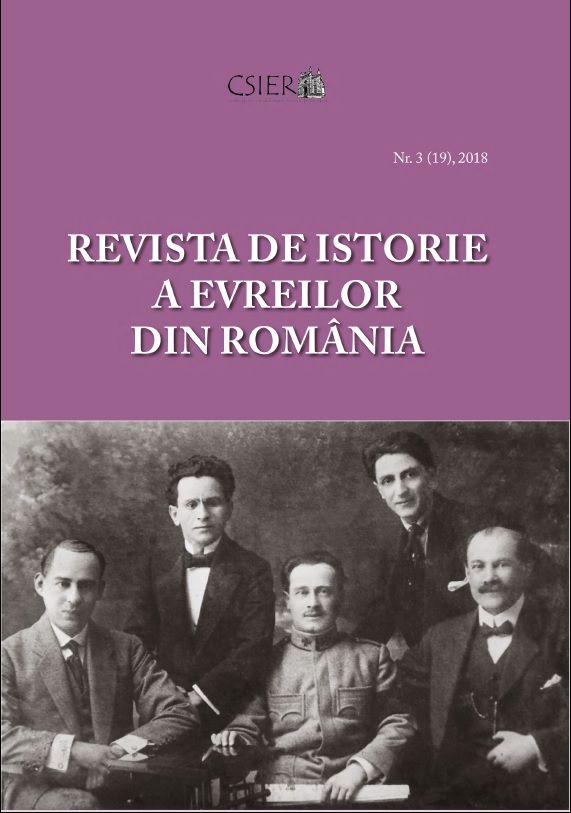Violența antisemită interbelică. Pogromul de la Focșani (1925)
Inter-War Anti-Semitic Violence. The Pogrom of Focșani (1925)
Author(s): Adrian CioflâncăSubject(s): Cultural history, Social history, Interwar Period (1920 - 1939), History of the Holocaust
Published by: Editura Hasefer
Keywords: antisemitism; violence; pogrom; C.Z. Codreanu; The Legionary Movement; impunity;
Summary/Abstract: Interwar Romania was ravished by several waves of antisemitic violence. The granting of political rights to Jews by the 1923 Constitution was perceived by the nationalist forces or even by mainstream politicians as a major shortcoming of the Great War and peace negotiations. Nationalist students and militants attacked Jewish students in universities, Jewish neighborhoods and properties, interrupted theatre plays and public events referring to „un-patriotic” topics, assaulted or shot politicians and journalists who were described as Jew-friendly. Large pogroms took place, like the one in Oradea, in 1927. This article focuses on another large-scale incident that took place in 1925, in Focșani. One of the young nationalist leaders, Corneliu Zelea Codreanu, shot dead the Prefect of Police in Iași. He was arrested and went to trial. The trial was moved from Iași to Foșcani in order to avoid incidents, but, in the end, more serious incidents took place in Focșani, which was less prepared to face mass riots. Nationalist militants invaded the small town and the Jewish neighborhoods were ravaged. The local synagogue was profaned by throwing dead animals inside. In the end, nobody was legally punished for the pogrom and Codreanu was acquitted, in a masquerade trial in Turnu Severin. This atmosphere of impunity encouraged extremist forces and ruined Romanian democracy.
Journal: Revista de Istorie a Evreilor din Romania
- Issue Year: 2018
- Issue No: 3 (19)
- Page Range: 291-298
- Page Count: 8
- Language: Romanian
- Content File-PDF

